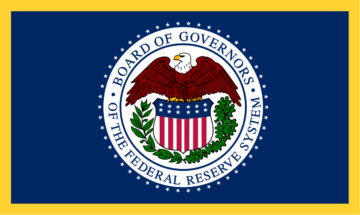 Elham Saeidinezhad over at his website:
Elham Saeidinezhad over at his website:
Who has access to cheap credit? And who does not? Compared to small businesses and households, global banks disproportionately benefited from the Fed’s liquidity provision measures. Yet, this distributional issue at the heart of the liquidity provision programs is excluded from analyzing the recession-fighting measures’ distributional footprints. After the great financial crisis (GFC) and the Covid-19 pandemic, the Fed’s focus has been on the asset purchasing programs and their impacts on the “real variables” such as wealth. The concern has been whether the asset-purchasing measures have benefited the wealthy disproportionately by boosting asset prices. Yet, the Fed seems unconcerned about the unequal distribution of cheap credits and the impacts of its “liquidity facilities.” Such oversight is paradoxical. On the one hand, the Fed is increasing its effort to tackle the rising inequality resulting from its unconventional schemes. On the other hand, its liquidity facilities are being directed towards shadow banking rather than short-term consumers loans. A concerned Fed about inequality should monitor the distributional footprints of their policies on access to cheap debt rather than wealth accumulation.
Dismissing the effects of unequal access to cheap credit on inequality is not an intellectual mishap. Instead, it has its root in an old idea in monetary economics- the quantity theory of money– that asserts money is neutral. According to monetary neutrality, money, and credit, that cover the daily cash-flow commitments are veils. In search of the “veil of money,” the quantity theory takes two necessary steps: first, it disregards the payment systems as mere plumbing behind the transactions in the real economy.
More here.
